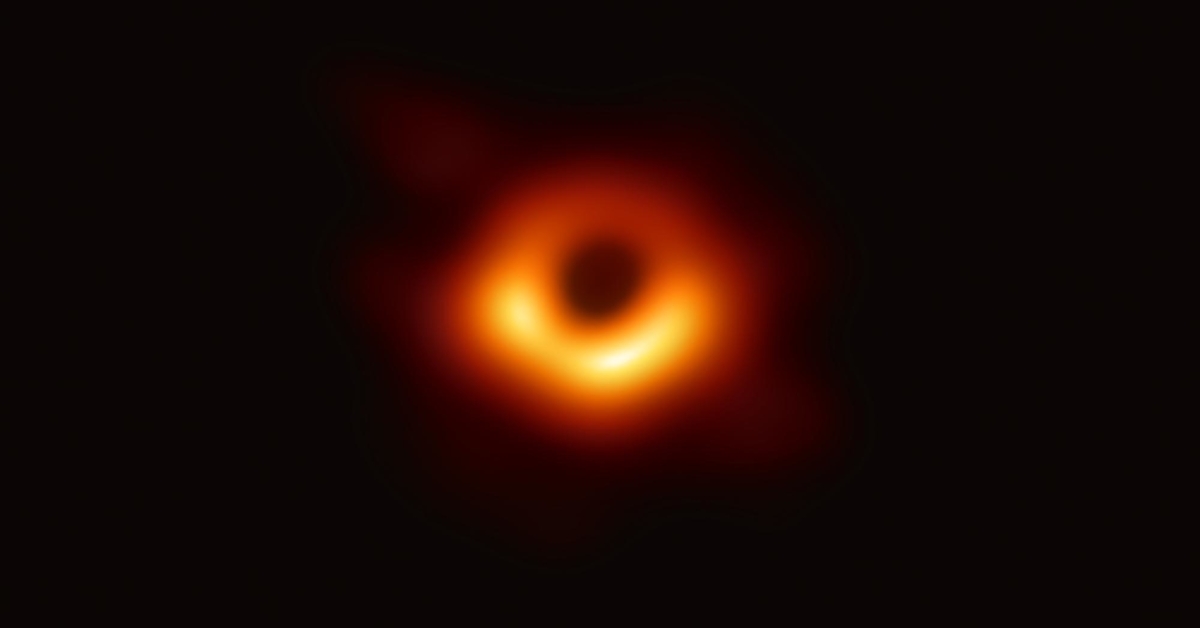Supermassive news from space. The first image of the supermassive black hole at the heart of our galaxy, Sagittarius A* (Sgr A*), was released by astronomers recently.
Black holes are technically unobservable to the naked eye. They consume everything that passes through the event horizon—the boundary defining the region of space around a black hole from which nothing, not even light itself, can escape.
Black holes also warp space-time around them so vigorously that, when they are illuminated by glowing streams of infalling matter obliterated by their incredible gravitational grasp, they cast a shadow. Both the shadow and the glowing disc (or donut) can be observed in the recent image released.
How was it done?
The image was captured using a worldwide network of radio observatories called the Event Horizon Telescope (EHT), underpinned by a technique called interferometry (back to this in a bit).
A few decades ago, some scientists had an idea. They imagined that by collecting a certain wavelength of radio light in microwaves—using a radio telescope the size of the Earth—they’d be able to resolve something as small as the black hole at the centre of the Milky Way.
But mounting a single radio telescope the size of Earth, on top of Earth, is just not possible. Here’s where interferometry jumps in. It lets astronomers combine multiple telescope dishes that are very far apart into a single effective, virtual, high-resolution radio telescope.
There’s a limited window during the year when separate telescopes scattered all over the globe can all observe the same objects in the sky. Adhering to an elaborate observation schedule, the telescopes scan the sky for several nights in a row, collecting mountains and mountains of data. The hard drives storing the data are then physically shipped to supercomputing centres, where astronomers correlate and process the data into a single dataset via high-performance computing (HPC). They then scour the dataset for common detections, which is Sgr A* in this case, producing the second historic photo of a black hole humankind has ever seen.
Why does it matter?
This discovery is a solution to a mystery that astronomers have been trying to solve for a very long time.
Sgr A* is our very own private supermassive black hole, located in the middle of our galactic backyard—the still point around which our galaxy revolves.
Astronomers, since the 1960s, have suspected that a supermassive black hole tucked in the chaotic central region of our galaxy was the only possible explanation for the bizarre things that happen there. How bizarre? Imagine giant stars being pulled into Sgr A*’s gravitational well at unimaginable speeds.
Now, astronomers get to observe its evolution. This could pave the way for all kinds of interesting research about gravity, space-time, other black holes and galaxy formation. The sky’s the limit!
At DUG, we are massive fans of astronomy too. Our team of dedicated HPC experts have been working extensively with the astrophysics and astronomy communities in Australia to build, tune and optimise a number of software used in the field. Read this article to find out more.
Our HPC as a service (HPCaaS) empowers researchers to focus 100% on their science, supporting them through every ground-breaking discovery. Check out our case study with the International Centre for Radio Astronomy Research (ICRAR) here.
Contact us at [email protected] to ask questions on how we may be able to assist with your astronomy research!




































